The instant you see the Ricoh ff90 you know it was made in the 1980’s. it looks like it got in a fight with 80’s style and lost! Just look at those angles! I am fortunate enough to like this sort of design, it is possible that being a child of the 80’s and being subjected to such things at an impressionable age left it’s mark. Don’t get me wrong, I wouldn’t choose something based on this sort of design, I’m just not offended by it. It’s also somewhat of a brute of a thing, it’s taller and wider than my Yashica T5, not fatter though. Luckily I’m a wearer of loose fitting trousers so my pockets are plenty big enough for a camera like this, but I would doubt everyone would be comfortable with the bulge in the trousers it creates … So to speak …
The handling isn’t ideal. Despite Ricoh ff90 being so huge, because the lens is offset toward the side of the camera with the shutter release the grips have been designed so you clasp the edge of the camera. It’s not particularly comfortable to grip in the intended way, but it does at least mean that stray fingers don’t naturally want to go anywhere the lens.
The viewfinder is fine in most circumstances but suffers quite badly from internal reflections should you choose to shoot into light. I find this a little distracting, and even with the little use I’ve had out of it so far there have been a few occasions where the subject has been partially obscured by these reflections. Otherwise it’s fine, bright yellow frame lines with parallax correction marks within a slightly blue tinted view. There is also a 3-symbol-based focus zone indicator, a head and shoulders for close up, two people for the middle distance and a group of people in front of a mountain for the furthest distance. Not the most informative viewfinder I’ve used, but better than nothing!
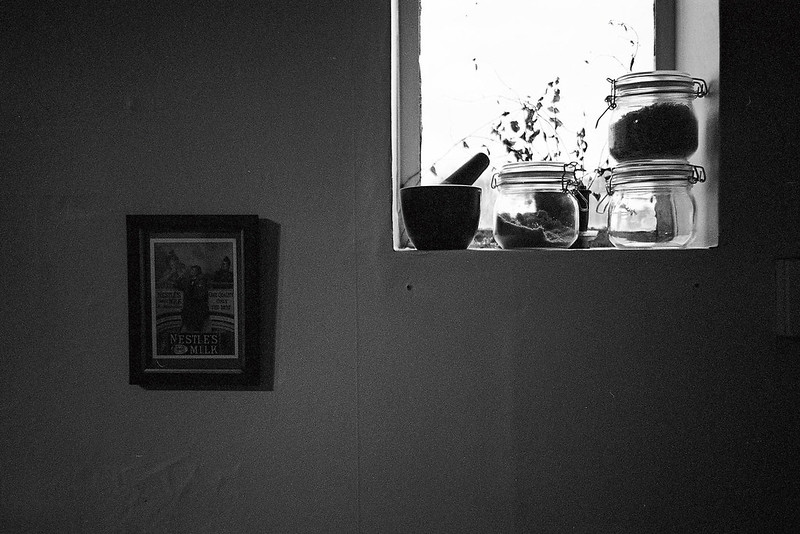
Frame, Window – taken at my mate Chris’s house – This framing did cause a few problems with reflections in the VF, but it didnt cause any issues really.
The top of the Ricoh ff90 is fairly OTT! I’m not sure there needs to be such a large screen for such a relatively small amount of info… It looks cool though! There are four buttons, although one of them ‘display’ switches some sort of screen demo on and off so can ignored (unless anyone can tell me otherwise). BCL/+2 is a +2ev exposure compensation button for correcting for a backlit subject. A self timer button and an ISO button. The ISO button is for setting the speed of non DX films. Putting a DX coded film in the camera locks you out of the functionality of the ISO button, but if you put a bit of tape over the DX coding strip you can set the film speed to whatever you wish (up to 1600). This feature also gives a slightly rudimentary method for exposure compensation. Unfortunately you won’t be able to make any decisions in a hurry as the single button for ISO selection means you have to click through settings one by one.
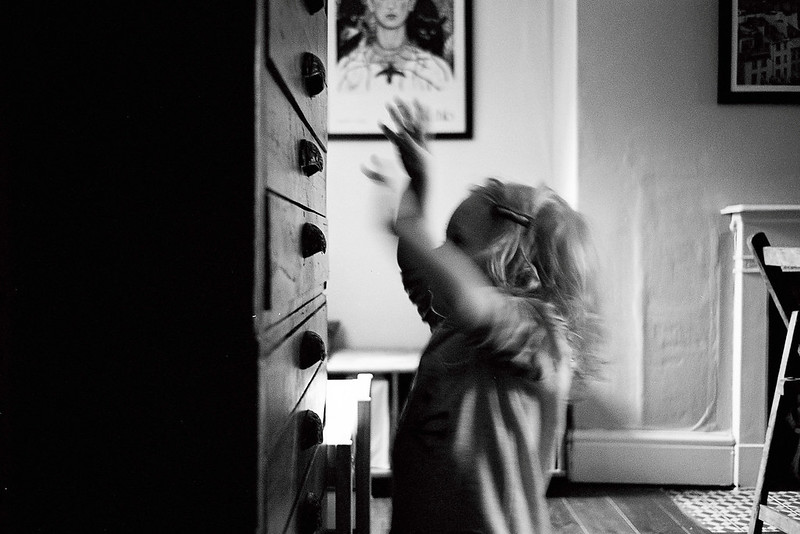
One of a few shots I underexposed by 1ev on this roll by playing with the iso button. This also one demonstrates it’s eagerness to shoot, I had no problem jumping into position and firing the shutter for this shot!
The flash is a bit oddball in its operation, it is essentially a fully auto flash with two very manual overrides. When flash is required a little switch will pop up on the top left hand side of the camera, it squeals until charged, and once charged allows the shutter to fire. For fill flash, to switch the flash on when it is otherwise disengaged you have to put your finger over the light sensor next to the lens. The auto flash can also be overridden by pushing the button back down again when it pops up.
This actually makes for a very useable flash, the camera effectively remains on auto the whole time then depending on the situation you can override it on a shot by shot basis.
It would have perhaps made more sense to make the seemingly pointless ‘display’ button a flash mode button, but I actually quite like how this flash operates. An extra button with more features might not have made anything any easier … I often leave my cameras with the flash set to off. It is sometimes a faff to have to switch it back on. At Least this way it’s always there if needed.
One thing I really like how about the Ricoh ff90 is how eager it feels, of you have read my yashica review and Konica Big Mini review you might be familiar with my fondness for an eager shutter. This camera feels like its ready to snap as soon as you are. This shot demonstrates this nicely, I had barely framed the shot when the bird flew into frame… I was able to react quick enough to capture it in flight. Had this been the Konica I doubt very much that I would have got the shot here.
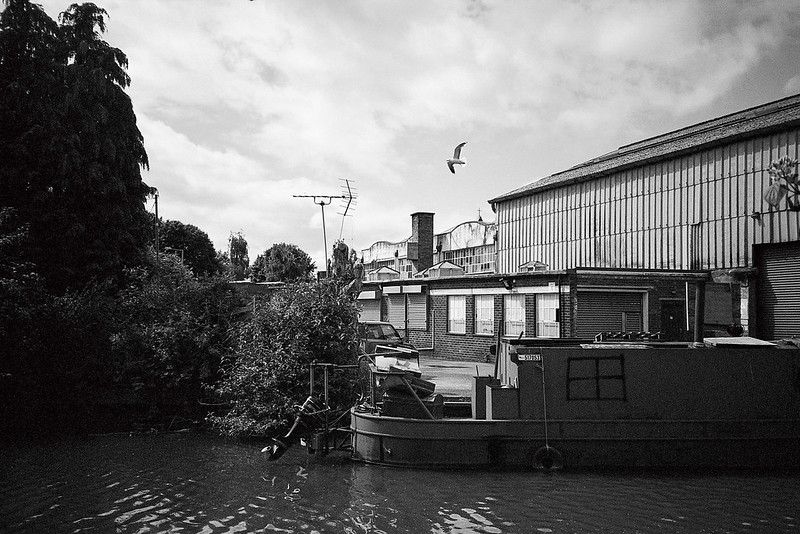
Overall I would say I like the Ricoh FF90, I’m not sure the results quite have the punch of the Yashica T4/T5 but they are good enough to be very happy with.
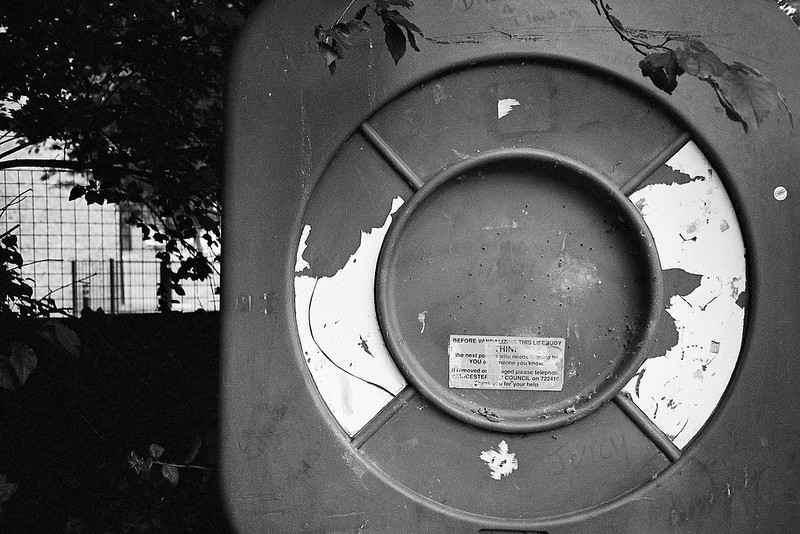
Plenty of detail captured by the lens
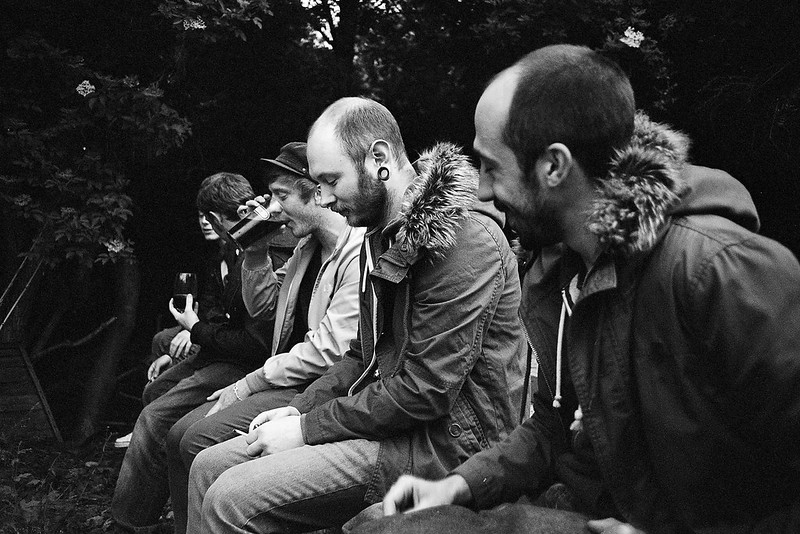
I really like this shot, the second chap in is a mate Tom who has moved to the other side of the world.
A few more from the roll are here on flickr
I expect I will use the Ricoh ff90 again at some point, if for no other reason than how quick it is! It also looks awesome … well, provided you grew up with transformer toys anyway!
Plenty more of these 35mm 3.5 lensed cameras to review, I’m looking at putting one together for the mju-ii soon a camera I’m currently enjoying quite a bit. I am still yet to find one I like as much as the Yashica T5 though!
Cheers for reading,
Hamish
Share this post:
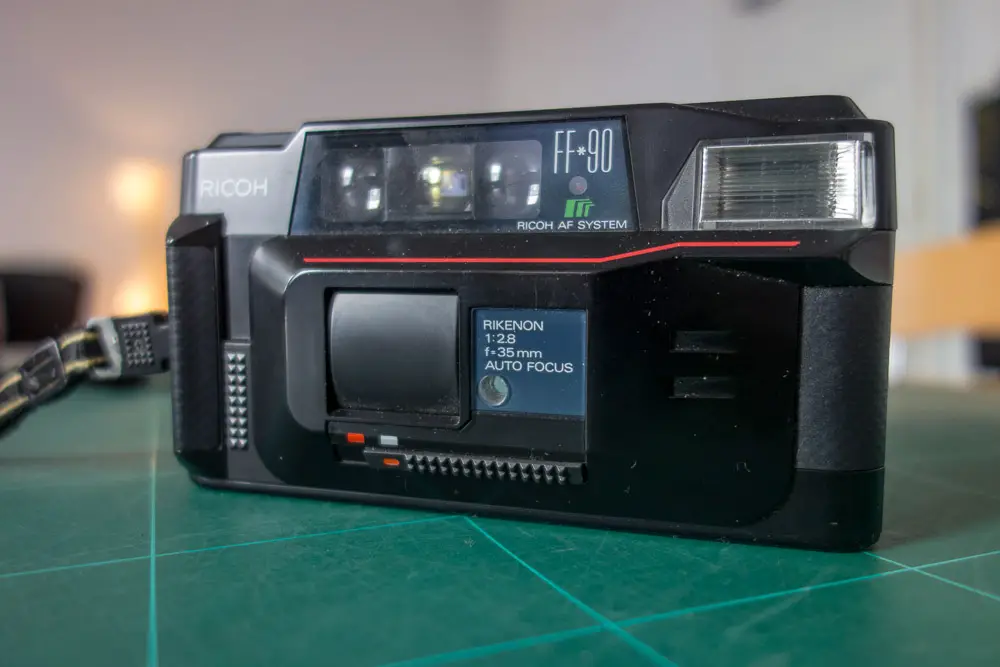








Comments
Dominik on Ricoh FF90 Review – The camera that got in a fight with 80’s style, and lost!
Comment posted: 02/08/2013
Urban Hafner on Ricoh FF90 Review – The camera that got in a fight with 80’s style, and lost!
Comment posted: 28/08/2013
Comment posted: 28/08/2013
The Olympus mju-ii – is it the Ultimate Point & Shoot? on Ricoh FF90 Review – The camera that got in a fight with 80’s style, and lost!
Comment posted: 30/08/2013
Ricoh FF-90 | 6500K on Ricoh FF90 Review – The camera that got in a fight with 80’s style, and lost!
Comment posted: 06/02/2014
Janet Cooper on Ricoh FF90 Review – The camera that got in a fight with 80’s style, and lost!
Comment posted: 13/04/2014
Comment posted: 13/04/2014
Comment posted: 13/04/2014
Comment posted: 13/04/2014
Comment posted: 13/04/2014
Comment posted: 13/04/2014
Comment posted: 13/04/2014
Hamish Gill on Ricoh FF90 Review – The camera that got in a fight with 80’s style, and lost!
Comment posted: 13/04/2014
Armand Salmon on Ricoh FF90 Review – The camera that got in a fight with 80’s style, and lost!
Comment posted: 25/01/2015
I recently bought a Ricoh AF-2 on eBay and all seems to working well. The AF frame adjust automatically, flash and the shake (low light indicator) works.
However the zone indicator will only move to the infinity (mountain symbol) no matter what object is in the AF frame. Does this mean the zone indicator is broken?
Comment posted: 25/01/2015
Comment posted: 25/01/2015
Comment posted: 25/01/2015
Armand on Ricoh FF90 Review – The camera that got in a fight with 80’s style, and lost!
Comment posted: 26/01/2015
Yup, I had downloaded the manual earlier which is how I found out that the zone focus meter should actually be moving based on the subject it focuses on.
Paulo Moreira on Ricoh FF90 Review – The camera that got in a fight with 80’s style, and lost!
Comment posted: 07/03/2015
Comment posted: 07/03/2015
Ken Hindle-May on Ricoh FF90 Review – The camera that got in a fight with 80’s style, and lost!
Comment posted: 27/05/2015
I'm actually on my second. The first I won for 99p on eBay from a guy who was "pretty sure it was working" but apparently didn't deem the turquoise goo seeping out of the battery door worth either investigating or mentioning. Still, he sent it to me in a genuine iPhone 6 box which I re-sold for £12, so I can't complain too much.
The second, I had to convince a woman in Illinois to ship her late father's beloved camera to the UK (she initially only wanted to ship within the US) and it arrived and I'm using it now. I'm yet to get the first rolls developed, so can't speak for image quality, but I like using the camera. It's a bit of a beast size-wise, but I actually like the ergonomics and think they're a lot better than the Mju-II, which I find very fiddly. It's also easy to lock focus without taking a shot, which I find extremely difficult on the Mju and waste a lot of film that way. It's not all good, though. My impression of the FF-70/90 is that all the money went into the lens and the technology within it, and very little was spent on the plastics they used to build the thing. A lot of the problems they have stem from plastic components cracking, splitting or warping over time. The battery door on mine is on the way out and every time this camera loses its battery connection, it winds the film on three frames. I've fixed that by taping it shut, but the door's indentation makes it impossible to tape it really securely.
If you're on a budget though, and are prepared to buy a few lemons before you find a peach, then the FF-90 could be your poor man's Yashica T4.
Comment posted: 27/05/2015
Hi Ken, I definitely agree! Be interested to see some of your photos... HamishComment posted: 27/05/2015
Comment posted: 27/05/2015
Comment posted: 27/05/2015
Comment posted: 27/05/2015
Nick on Ricoh FF90 Review – The camera that got in a fight with 80’s style, and lost!
Comment posted: 04/07/2015
Comment posted: 04/07/2015
Lauren M on Ricoh FF90 Review – The camera that got in a fight with 80’s style, and lost!
Comment posted: 19/02/2017
Comment posted: 19/02/2017
Comment posted: 19/02/2017
Jeff on Ricoh FF90 Review – The camera that got in a fight with 80’s style, and lost!
Comment posted: 14/06/2017
Matthew Towne on Ricoh FF90 Review – The camera that got in a fight with 80’s style, and lost!
Comment posted: 28/09/2017
First you put a piece of tape over the DX contacts on the CAMERA (not just on your film). This will effectively make every roll un-coded so you can manually set the DX speed on any roll. There are EXTREMELY few P&S's that can manually override DX code that have a modern iso range (most pre-DX cameras stop between 400 and 1000) and most of them are extremely expensive (GR1V, Klasse W, T3, etc). I push Tri-X a lot so DX Override is an important feature for me since I can't faff about scratching every code sticker as I need it.
Second, if you are like me, you put a piece of tape over the Flash override button. This effectively keeps the camera from EVER using the flash so you never have to think about it. Again, this is a weirdly rare features on P&S's often only featured on the most elite cameras in the category. Why everyone can't just copy what the GR1 cameras did with a physical, non-menu switch for the flash is beyond me.
On top of all of that, this camera is 35mm f2.8 which isn't quite as rare as these other features but is still noteworthy in the compact world. Again, lenses this fast are becoming more and more expensive, even in mostly featureless models.
So, basically, with 2 pieces of tape you can get this dirt cheap P&S up to having a feature set equivalent to some of the best cameras in the field. Really its only major drawback is its size but I rarely am without some kind of bag so it just lives in my bag for that day. If you want an MJUii but don't want to cough up $200 for a nice one, find one of these for $20 instead and bust out the gaffer tape.
Ricoh FF-90 Super (1987) - mike eckman dot com on Ricoh FF90 Review – The camera that got in a fight with 80’s style, and lost!
Comment posted: 09/04/2018
Landscape Photographer’s New Companion: A Ricoh FF-90 Super Review on Ricoh FF90 Review – The camera that got in a fight with 80’s style, and lost!
Comment posted: 25/05/2018
Ricoh FF-90 35mm F/2.8 Review - Photo Jottings on Ricoh FF90 Review – The camera that got in a fight with 80’s style, and lost!
Comment posted: 02/10/2018